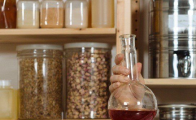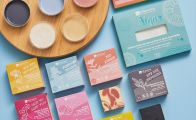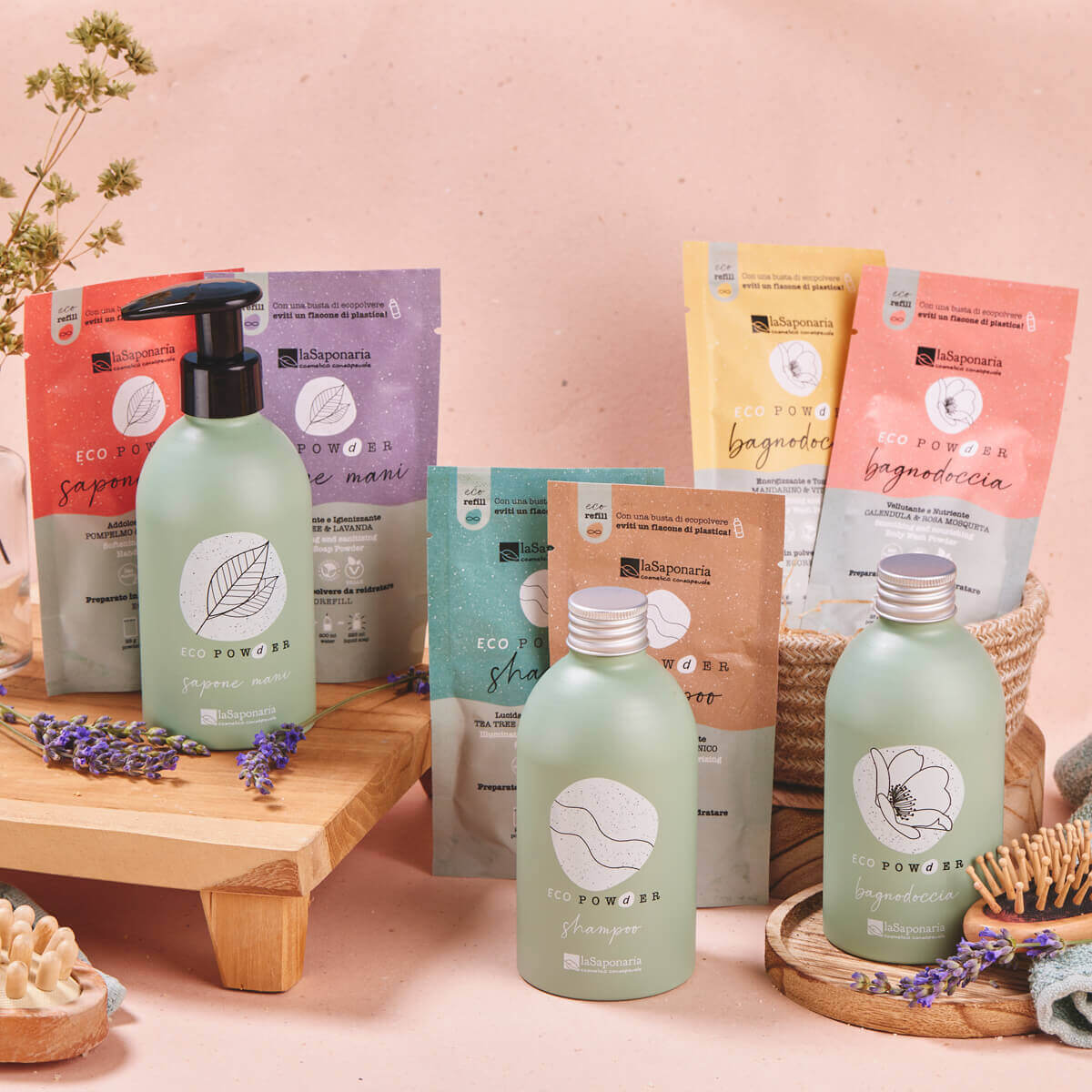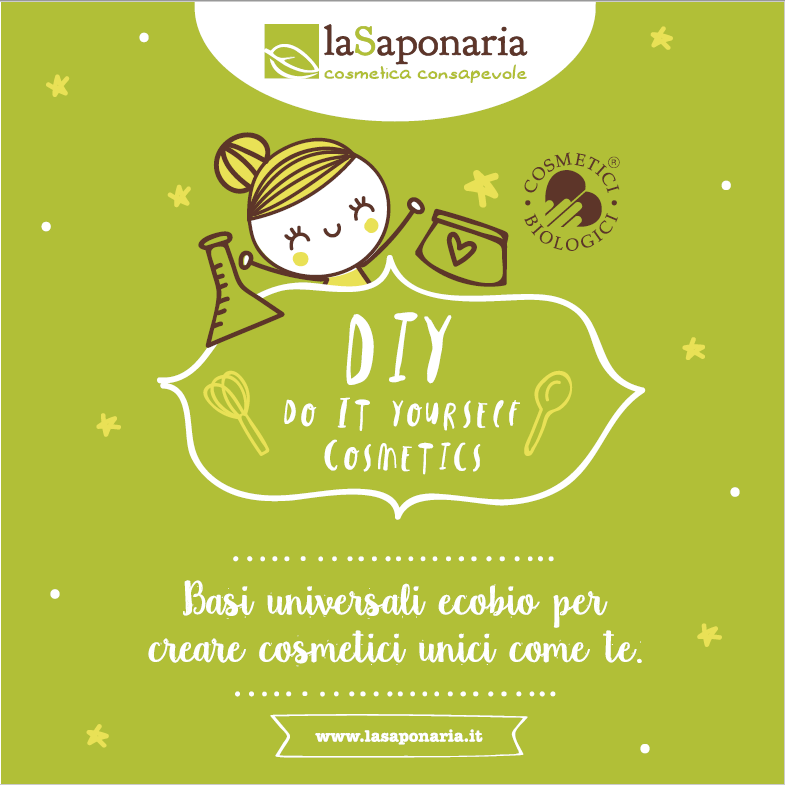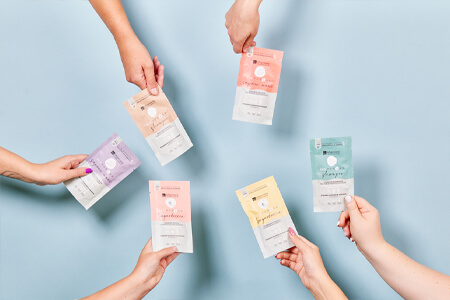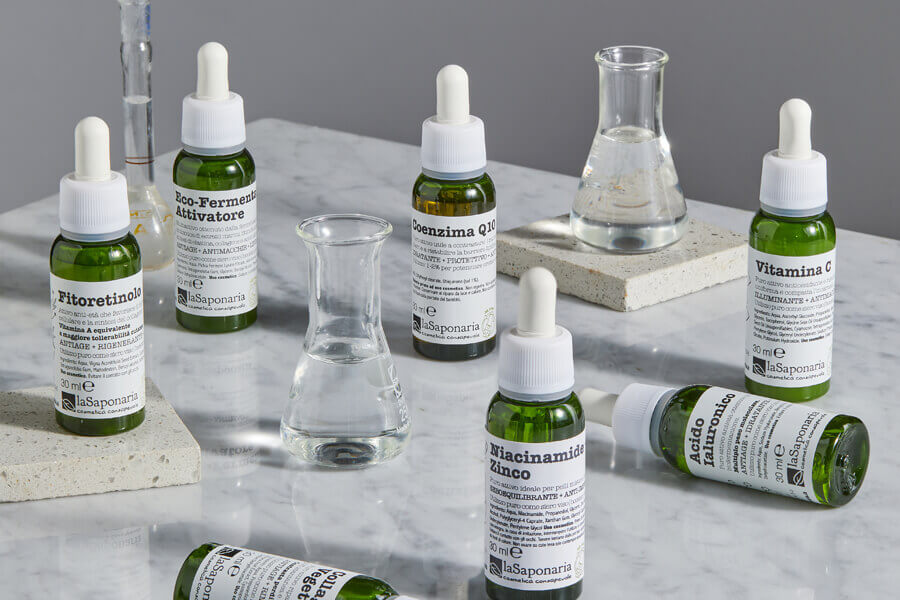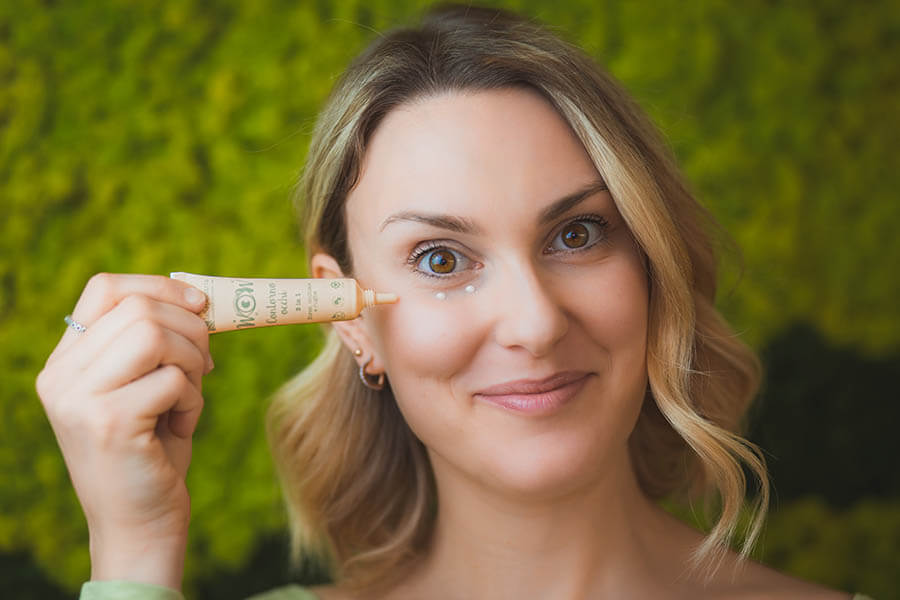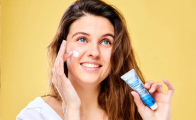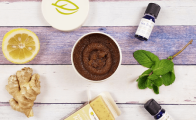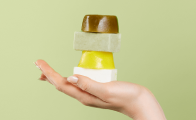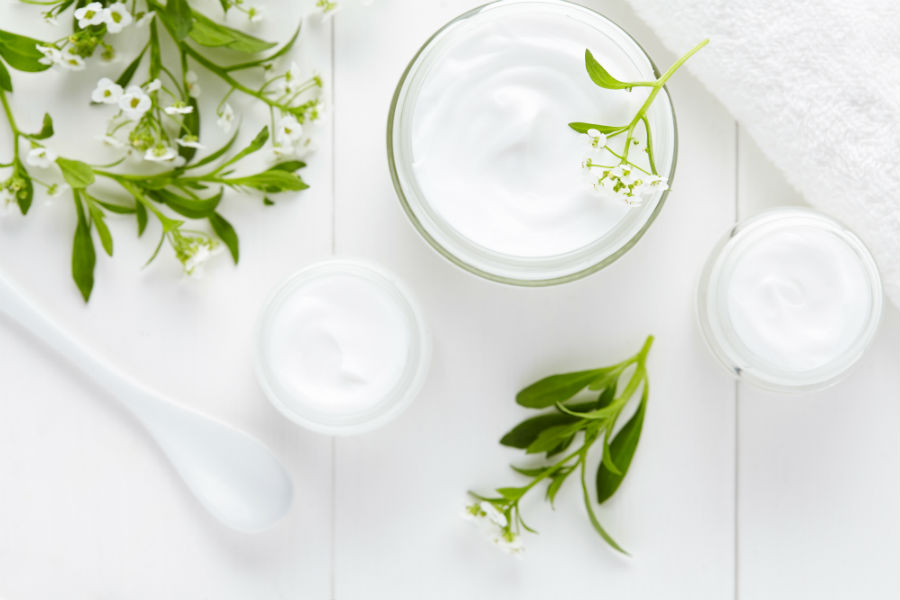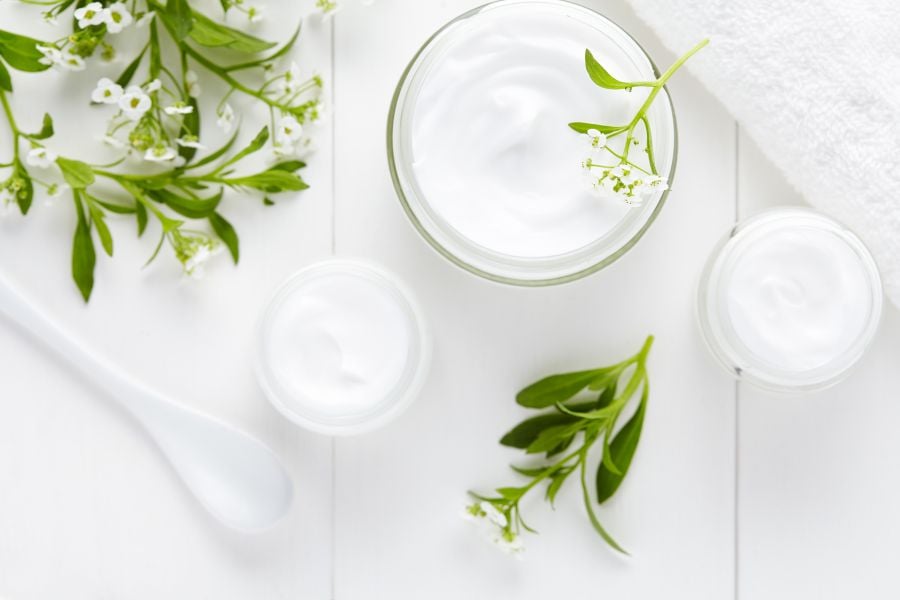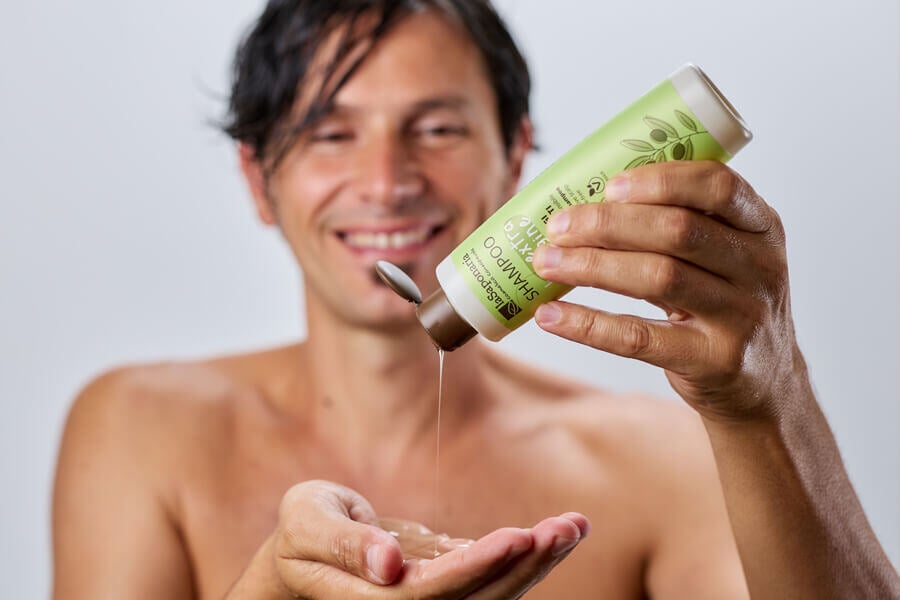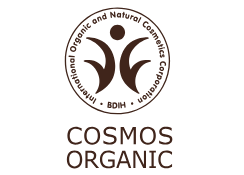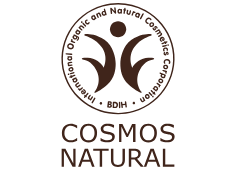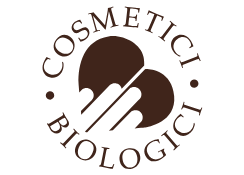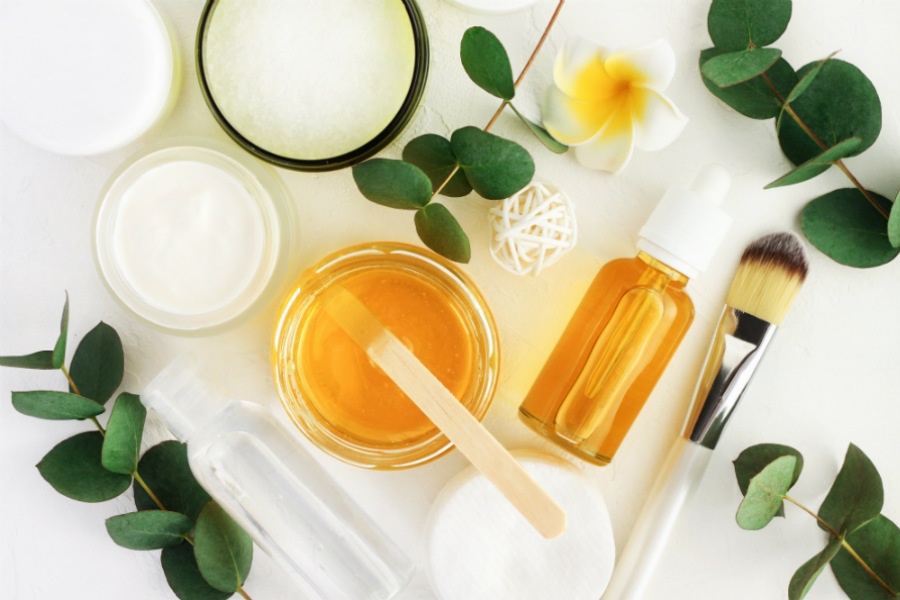
The insights of La Saponaria
How to use pure plant glycerin on face and body skin and hair
Pure vegetable glycerin is a versatile ingredient that can be used for multiple beauty purposes. Thanks to its wetting properties, pure plant glycerin is an excellent moisturizer for the skin of the face and body and can also be used on the hair to keep it hydrated and soft. In this article, we will explore how to use pure plant glycerin for facial, body and hair skin care.
What is pure vegetable glycerin?
Pure vegetable glycerin is a dense, colourless liquid that is extracted from vegetable oils, such as coconut oil, shea butter or olive oil. Vegetable glycerin is generally used in many cosmetic and skin care products because of its wetting properties, which help retain moisture in the skin and hair.
Vegetable glycerin can be used as an additive in skin care products, such as creams, lotions and soaps. However, it can also be used alone as a moisturizer for the skin and hair.
Natural hair dye without ammonia: discover your most beautiful hair ever
The arrival of white hair or the desire to change our natural color leads us to embrace the world of dyes that can be of various kinds: often we find them based on ammonia and after some application we see hair turned off and emptied. Are there effective natural dyes without ammonia? Yes! In this article we see which ones to choose and why!
Anyone who wants to have beautiful, healthy and shiny hair but the arrival of the first white hair or the desire to change its natural color makes us arrive at the complex world of dyes: there are of course different types of hair dyes, but if we do not choose the one that best suits our hair the result can be to see our hair turned off and emptied. Here’s what we’ll talk about in this article:
Silicones in Cosmetics: what they are, how to identify them, and why to choose or avoid them. La Saponaria has always chosen not to use them in its formulas. Today, it seems interesting to carify things on these much-debated ingredients that appear to be experiencing a resurgence.
Silicones in Cosmetics: the debate is open, and as often happens nowadays, opinions may be extremely polarized. When reading online, you can find those who love them, consider them necessary, and minimize any criticism of these ingredients, and there are those who have been avoiding them for years and years.
If one approaches the topic without a pre-established opinion and comes across some in-depth analysis aimed at supporting the thesis of love for silicones, one may wonder at the end of the reading why eco-friendly and organic companies have been seeking alternatives to these ingredients for decades. Probably, as Pirandello said, "truth does not exist," and it becomes really complicated for one to form their own opinion.
So, it is time to clarify this topic, trying to move away from the logic of demonization or mindless praise, but maintaining a critical and constructive attitude. Here are the points we will address in this article:
Silicones in Cosmetics:
When it comes to sunscreens, for us at La Saponaria, safety is the top priority!
That's why every sunscreen that comes out of our laboratory is formulated with great care, in full respect of the skin and the environment. and is subjected to scrupulous tests which analyze its characteristics and performance, establishing its conformity with an unquestionable opinion.
'Osolebio: green and 100% safe formulas
Our Osolebio solar line is made with the best possible ingredients! How do we know? Because, after having thoroughly studied the regulations governing the placing on the market of sunscreens, we have dedicated ourselves to the meticulous research of the most effective sunscreens without however making any compromises regarding the well-being of our skin.
In fact, the sunscreens that are on the market can be of two types: chemical sunscreens and physical sunscreens.
Chemical sunscreens, also called organic filters, are synthetic substances that are able to absorb part of the UV radiation to prevent it from reaching and damaging the epithelial cells. Compared to physical filters, chemical sunscreens have a more comfortable application and are therefore easier to spread on the skin but, on the other hand, precisely because they capture solar energy, they can give rise to irritation, phototoxicity and sensitization.
Physical sunscreens, also known as inorganic filters, are shielding substances that act thanks to their opacity. Their modus operandi is very similar to that of a mirror: the mineral particles reflect UVA and UVB rays and prevent them from coming into contact with the skin and damaging it. Not only that, since they do not absorb solar energy, physical filters are particularly safe for skin health and the risk of incurring sensitization is much lower than chemical filters (to learn more about the characteristics and differences between chemical and physical sunscreens, you can click here).
For these reasons, we have chosen to use only the latest generation physical filters in the formulations of 'Osolebio sunscreens, excluding any petrochemical ingredient. Each recipe also contains precious protective plant extracts and antioxidants which enhance the effect of the product and take care of the skin, keeping it soft and hydrated.
In the nine months of gestation, the expectant mother must pay attention to a series of elements including, for example, nutrition. But great care must also be paid to the choice of cosmetics, or rather, to the ingredients they contain: there are some that are best avoided. Let's see together what they are!
Pregnancy is a very important moment for every mom to be: from when she discovers she is pregnant until the day of delivery, there are several things that a future mother must pay attention to, gestures and habits that must be changed to take care of herself and of the oncoming baby. You can rest assured: any extra attention will surely be repaid when you can hold your little one in your arms!



